Types of cleaning sponges and what you need to know about it
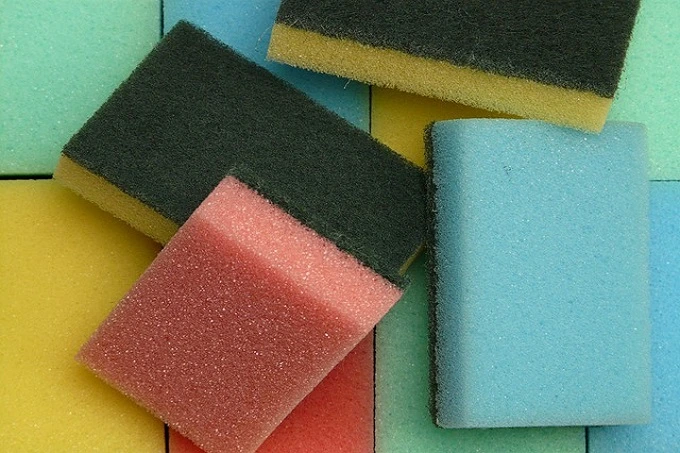
You will unlikely think about what kind of dishwashing sponge to buy. This is just an item needed to wipe up spilled liquid or clean the pan from the remnants of yesterday’s culinary experiments.
Sponges for washing dishes and cleaning are not universal. There is a fairly large selection of sponges, each of which has its advantages.
Cleaning sponges are usually made from porous material, such as cellulose fibers, plastic polymers, or nylon material, designed to be easy to clean and eliminate dirt effectively.
Let’s learn more about the different types of cleaning sponges and what tasks they are best suited for.
Types of cleaning sponges
1. Cellulose sponge
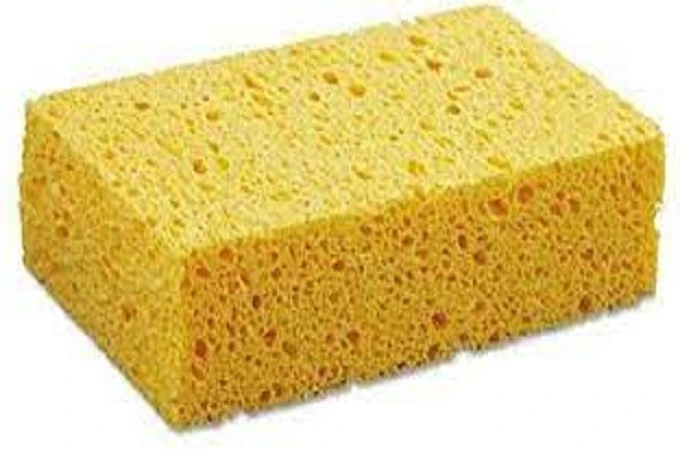
Cellulose sponges are inexpensive and last a long time. They absorb moisture well, keep it inside the sponge, and are durable when performing difficult jobs.
They work well for countertops and bathroom surfaces and are also often used for dishwashing and cleaning up spills.
However, they can be difficult to rinse completely, so they should not be used to wipe the juice from raw meat or raw eggs.
2. Abrasive sponges

Abrasive sponges are made from an abrasive material such as plastic.
They are effective for cleaning grills, outdoor furniture, and utensils. Abrasive sponges are designed to remove stuck or baked-on food on pots and pans. However, you should avoid using them when cleaning fragile glass or non-stick pans, which can be damaged by abrasive material.
Since there are different hardness levels, read the packaging carefully to select the right abrasive sponge for your surface.
3. Metal sponge
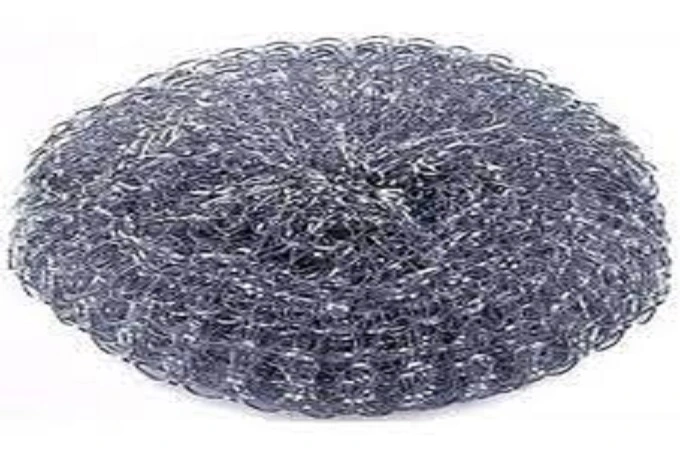
It is most often used to remove the most stubborn stains from glass and porcelain surfaces because it is softer than these materials and does not scratch them.
It should not be used to clean non-stick pans and plastic and enamel products.
4. Dry sponge
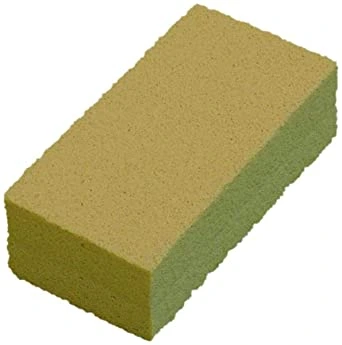
Dry sponges are made from a rubber compound; unlike other sponges, they are used dry. They can be used to clean surfaces that do not tolerate water or moisture.
They are most commonly used to remove soot from surfaces exposed to fire and smoke, such as fireplaces, bricks, carpets, fabric window coverings, wallpapered walls, or surfaces that have caught fire.
They are also great for cleaning wool from furniture and clothing. Once one side of the sponge is covered in soot or dirt, you can simply cut off that part, and you will have a fresh side again.
Dry sponges should be stored in tightly sealed plastic bags to keep them from hardening.
5. Melamine sponge
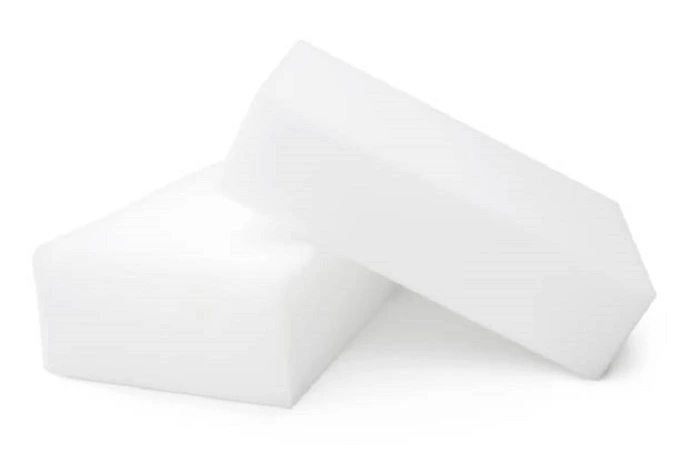
The melamine sponge does not need different cleaners; it is used as an eraser to clean a wide variety of surfaces, including sinks, showers, ovens, tiles, shoes, and clothes.
It only needs to be wetted, and such a sponge can cope with any stubborn grease and dirt, caked spots, or traces of felt-tip pens and pencils on walls and countertops.
However, contact with the leather and glossy surfaces such as the hood of a car should be avoided.
6. Natural sponges
Natural sea sponges are mined from the ocean. This is one of the most environmentally friendly sponge options.
They are universal – they can be used to cleanse the skin, remove makeup or cosmetics, as well as to clean the bathroom, wash the car and windows, washing dishes. There are different types of sea sponges with varying degrees of softness.
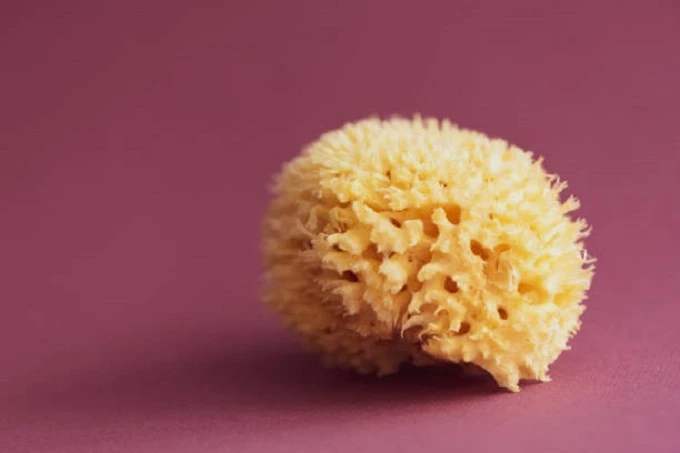
Natural sponges are quite durable and, with proper care, can last a long time.
What you need to know about cleaning sponges
There are a few important things to know about the use and application of kitchen and other cleaning sponges in the home.

1. Sponges come in different colors for a reason
Sponges with which we wash dishes are often painted in different colors. Many believe this is done for beauty or as a marketing ploy to attract attention.
However, the ability to distinguish sponges by color is very convenient for everyday use. It is best to choose sponges of the same color for specific tasks.
For example, sponges of the same color can be used for washing dishes after raw meat and fish, others for cleaning the bathroom, and still others for kitchen countertops.
This way, you reduce the risk of bacteria spreading from one surface to another. Experts also recommend using disposable paper towels to remove any leftover raw meat.
2. Use two sides of the sponge as intended
Most dishwashing sponges are divided into two sides. Use the abrasive side to wipe filthy dishes with grease and food residue.
However, you should avoid using abrasive sponges on fragile glass or non-stick cookware that can be damaged.
After removing dirt or food, use the cleaner, soapy side to clean it thoroughly.
3. It would help if you changed your sponges more often than you think
When do you throw away kitchen sponges? Perhaps you are waiting for the sponges to go bad or start to give off an unpleasant odour. However, this is too long.
The sponge should be changed every few weeks, depending on the frequency of cleaning or use in the kitchen.
Therefore, if you doubt whether you should change the sponge, it is best to throw it away and buy a new one.
4. Sponges can be cleaned too
You can extend the life of your cleaning or dishwashing sponge.
First, after washing the dishes, rinse the sponge from food residues, wring it out well and store it in a basket or on a tray with slots where the air will circulate.
So it dries faster – the longer it remains wet, the more bacteria multiply in it.
Once a week, soak the sponge for 5 minutes in a solution of baking soda.
5. Microwave does not kill all bacteria
You may know about cleaning a sponge using a microwave oven. To do this, you need to wet the sponge and put it in the microwave for 2 minutes, which should kill 99 percent of the bacteria.
However, recent studies have shown that popular sponge cleaning methods such as microwaves and dishwashers can only reduce bacteria by 60 percent, with the remaining bacteria becoming more resistant.
Experts recommend simply changing kitchen sponges more often – once every 1-2 weeks.




